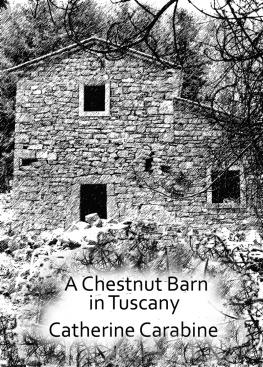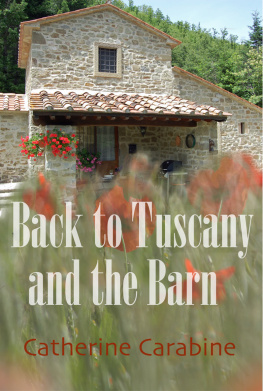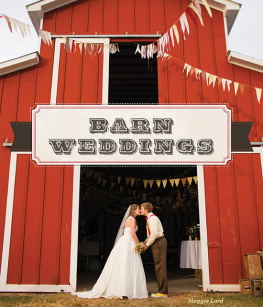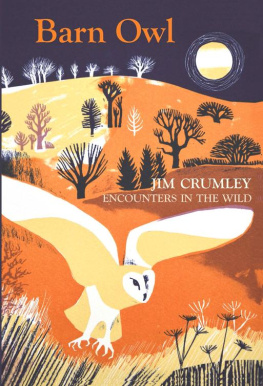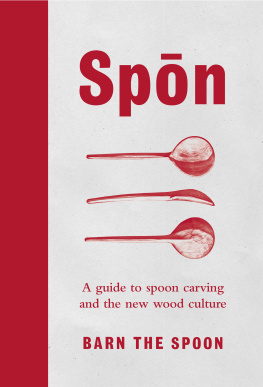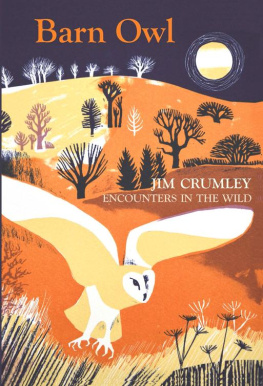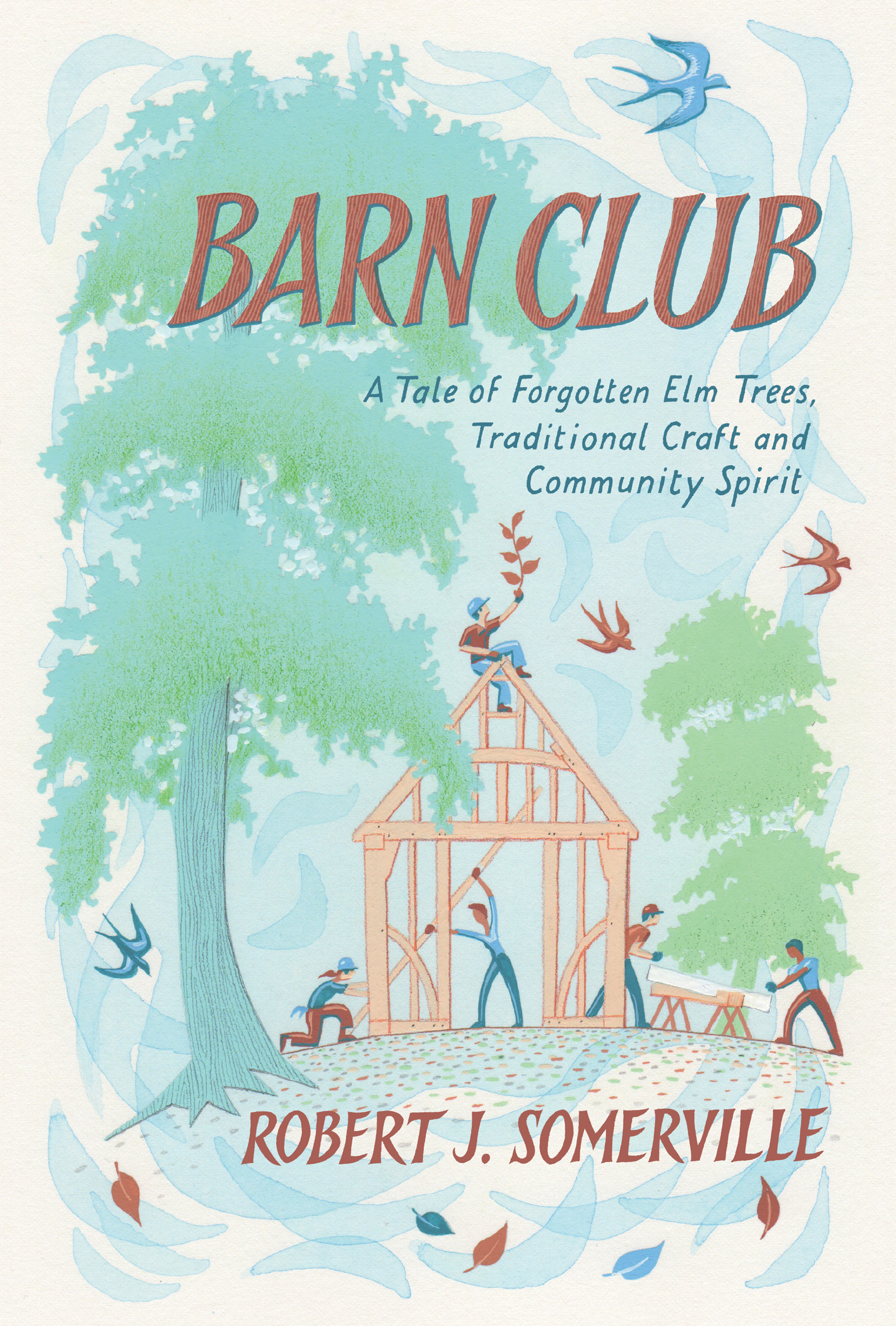Contents
Guide
Pagebreaks of the print version
Praise forBarn Club
A joyful reminder of why nature, being outside, being together and creating beauty is so good for the soul.
Kate Humble, broadcaster and author of A Year of Living Simply
For the reader who wishes to resist the gathering pace of modern life and take time to learn from the past, the tale of hand-raising a barn the old-fashioned way brings nature, community and craftsmanship together in an enduring and satisfying feeling of a job well done.
Gillian Burke, co-presenter of BBCs Springwatch, writer and biologist
In todays ego-techno-centred world, Robert Somervilles tale of elm trees, hand tools, timber framing and comradery is a welcome relief. His Barn Club approach is a way forward that utilises local traditions, local materials and local hands to create a built environment that is more harmonious with the natural world and of course more beautiful. Now, if every community around the world had one of these Barn Clubs, how nice would that be?
Jack A. Sobon, architect, timber framer and author of Hand Hewn
Elm trees may have been devastated by Dutch elm disease but they are still with us and should not be forgotten, as Robert Somerville powerfully shows. Natural history, ancient crafts and a group of twenty-first-century volunteers meet in this book to show us how elms can reconnect us to nature, past cultures and one another. A beautiful and timely book with a barnful of good ideas.
Professor Richard Buggs, Royal Botanic Gardens, Kew
Robert Somerville is to be congratulated for his understanding of the entomology and pathology involved in Dutch elm disease, which in addition to its devastation of British elms also resulted in the loss of over 300 million American elms. His book should find a ready readership among do-it-yourselfers, whose home improvement projects have multiplied in this Covid environment.
John Hansel, founder, Elm Research Institute
Barn Club
A Tale of Forgotten Elm Trees, Traditional Craft and Community Spirit
Robert J. Somerville
Chelsea Green Publishing
White River Junction, Vermont
London, UK
Copyright 2021 by Robert J. Somerville
All rights reserved.
Unless otherwise noted, all photographs copyright 2021 by Robert J. Somerville.
Unless otherwise noted, all illustrations copyright 2021 by Robert J. Somerville.
No part of this book may be transmitted or reproduced in any form by any means without permission in writing from the publisher.
Commissioning Editor: Jonathan Rae
Project Editor: Benjamin Watson
Copy Editor: Susan Pegg
Proofreader: Nikki Sinclair
Designer: Melissa Jacobson
Page Layout: Abrah Griggs
Printed in the United Kingdom.
First printing February 2021.
10 9 8 7 6 5 4 3 2 1 21 22 23 24 25
Library of Congress Cataloging-in-Publication Data
Names: Somerville, Robert J., author.
Title: Barn Club : a tale of forgotten elm trees, traditional craft and community spirit / Robert J. Somerville.
Description: White River Junction, Vermont : Chelsea Green Publishing, [2021] | Includes bibliographical references.
Identifiers: LCCN 2020049415 (print) | LCCN 2020049416 (ebook) | ISBN 9781603589666 (hardback) | ISBN 9781603589673 (ebook)
Subjects: LCSH: Barns--England--Hertfordshire--Design and construction. |Vernacular architecture--England--Hertfordshire. | Building, Wooden--England--Hertfordshire. | Elm.
Classification: LCC TH4930 .S66 2021 (print) | LCC TH4930 (ebook) | DDC 725/.372094258--dc23
LC record available at https://lccn.loc.gov/2020049415
LC ebook record available at https://lccn.loc.gov/2020049416
Chelsea Green Publishing
85 North Main Street, Suite 120
White River Junction, Vermont USA
Somerset House
London, UK
www.chelseagreen.com
To unknown village carpenters and elm trees, everywhere.
Contents
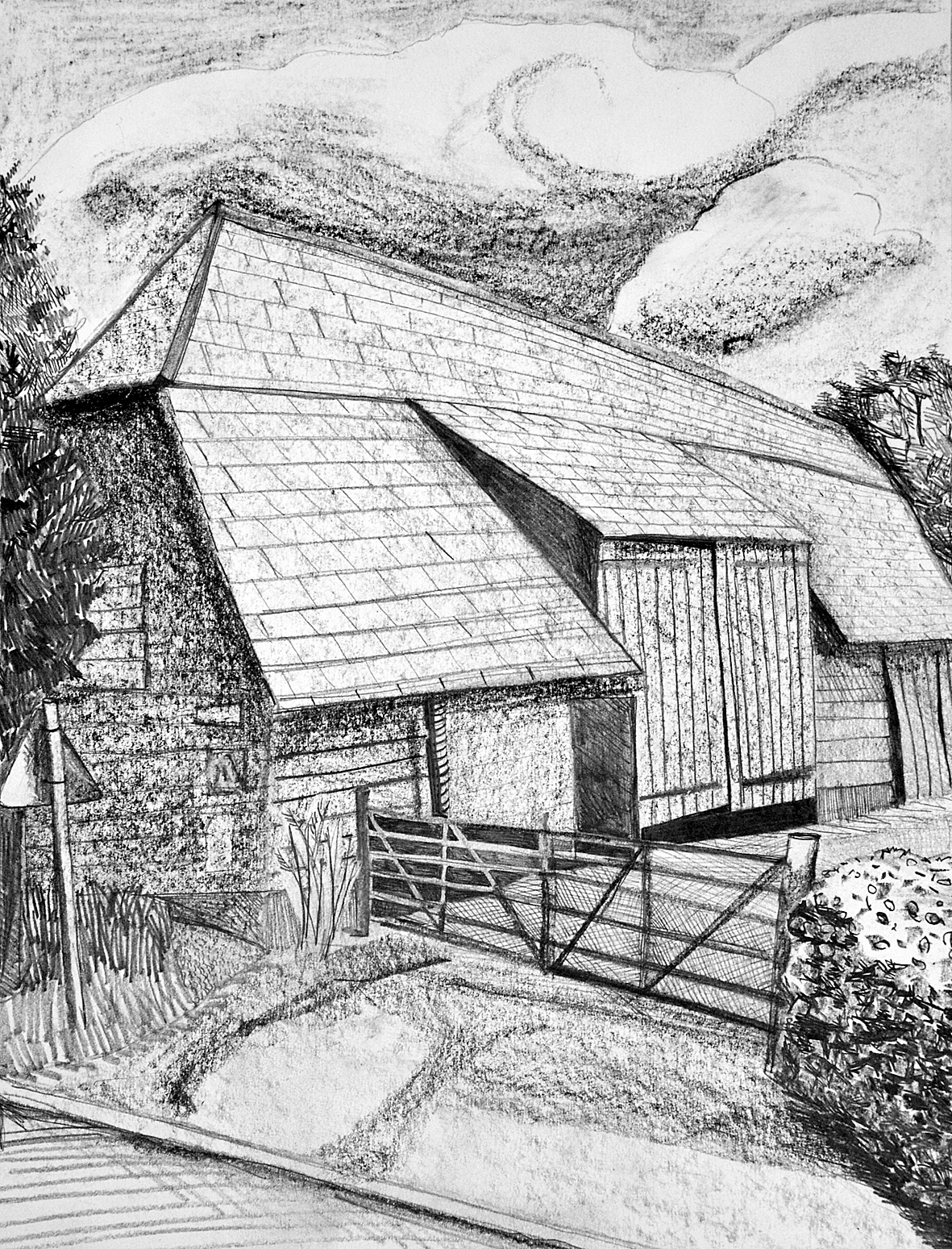
The Great Barn at Wallington, viewed from the lane. With kind permission of Liz Somerville.
The discovery of an ancient barn made of elm wood in Wallington near where I live set off a series of questions about what being a carpenter was like before the Industrial Revolution. The big idea was to follow in the footsteps of these unnamed craftsmen of yore, to try and recreate the experience of making a barn by hand.
My clients, Bruce and Esther Carley, were volunteers on a previous barn project and commissioned one for themselves at Churchfield Farm, their own smallholding in the Hertfordshire village of Tewin. From the beginning, volunteers were involved. This became known as Barn Club.
The Carley Barn was made and raised by hand, inspired by the eighteenth-century carpentry traditions of Hertfordshire. In spite of Dutch elm disease, all the elm for the post-and-beam timber frame was sourced from local woods. This book closely follows the story of the trees; from the woodland to the yard where the logs were milled, where the joints were scribed and cut with ancient hand tools, and where eventually the barn was raised by hand with the help of forty-eight people.
The village carpenters of generations ago would have had a high degree of skill with hand tools and an incredible depth of knowledge of their local trees that is now almost completely forgotten. Some of that knowledge is laid out in the chapters of this book.
The following pages are written to enlighten and inspire the reader about elm trees, traditional carpentry using hand tools, and the joys of working together as a team, outside in the fresh air.
This book would not have been possible were it not for my wife Lydia, whose encouragement and reflections have steered it throughout. Equal thanks go to Jon Rae and Margo Baldwin of Chelsea Green Publishing, for spotting a book within the story of building a barn, to Ben Watson, Matt Haslum, Susan Pegg and Muna Reyal for developing and shaping the manuscript, and to Rosie Baldwin, Katie Read, Pati Stone and Neil Gower for preparing Barn Club for publication.
The barn we built in Tewin, Hertfordshire, is only there at all thanks to Esther and Bruce Carley and their vision to commission something really special in the landscape they love. Thanks, of course, to all of the Barn Club volunteers and barn raisers, young and old, for their goodwill, humour and general grit to make it all happen. A big thanks to Joel Hendry for his advice, experience and companionship throughout the project, and also to the professional timber framers who came to help out at crucial moments.
Thank you to my sister, Liz, for her drawing and my oldest daughter, Phoebe, also helped with reading through manuscripts and looking over drawings, noting when things didnt make sense. Many of the photographic images were taken by Jonathan Sampson and a promotional video was filmed by Steve Robson. They both kindly allowed their work to be reproduced. Thanks should also be given to the Woodhall Estate at Watton-at-Stone, who provided the elm trees, and the foresters in the distant past who planted them.
Casting a wider net, I would like to acknowledge all the people who have influenced me through the years of my learning to make things by hand, notably Joe Thompson, Joe Hawkswell and the innumerable people who shared their skills and showed me how to use a particular tool or master a technique. These include my younger brother Matt and, when first starting out, my business partner, Richard Vickerman. I should also note that patrons create opportunity for craftspeople, so I would not have begun at an early age had it not been for my stepfather John Henderson who commissioned a barn from me in 1978. Beyond these people are cohorts of craftsmen and craftswomen over the centuries, who knew their materials well and loved their work. To these custodians of a way of living, time beyond mind, who have honed their skills and passed them on, thank you.


